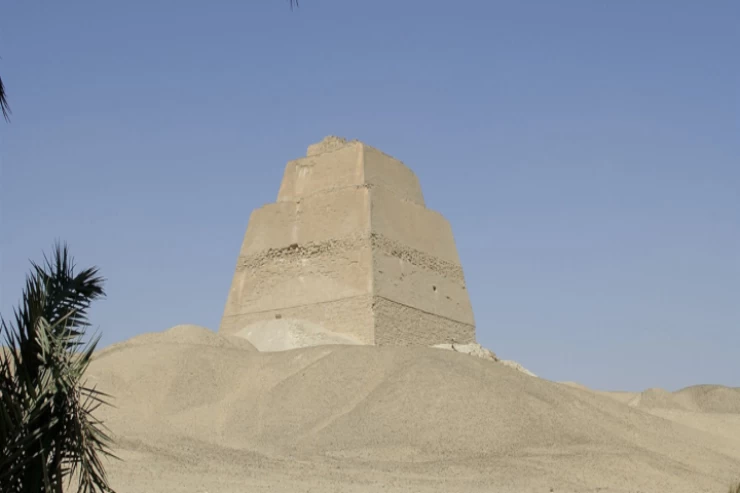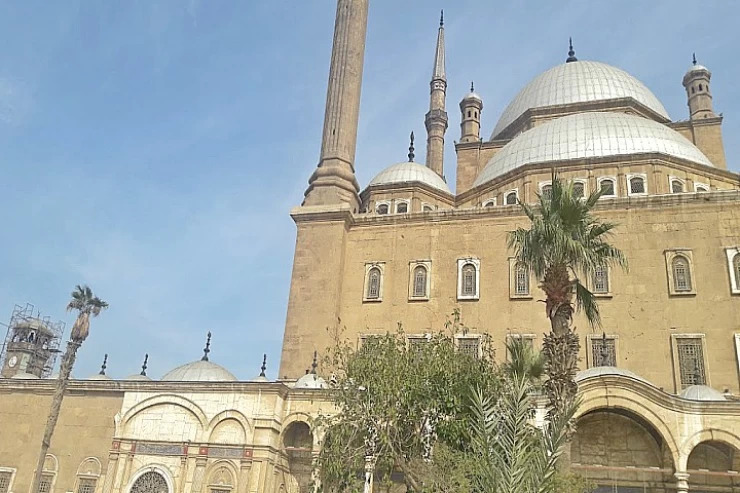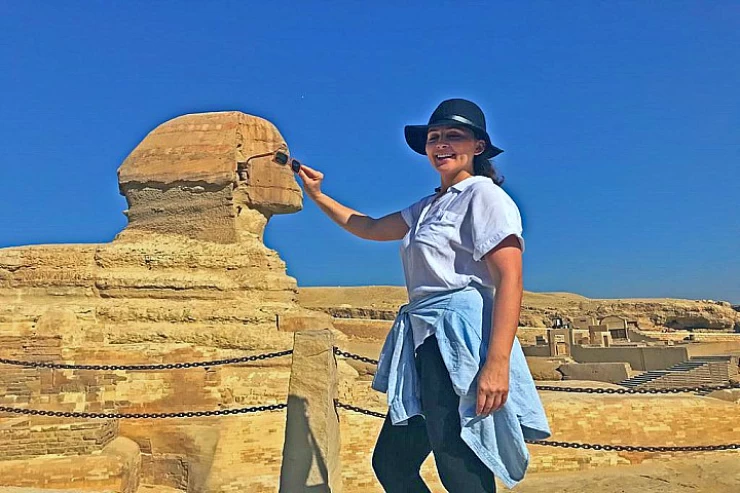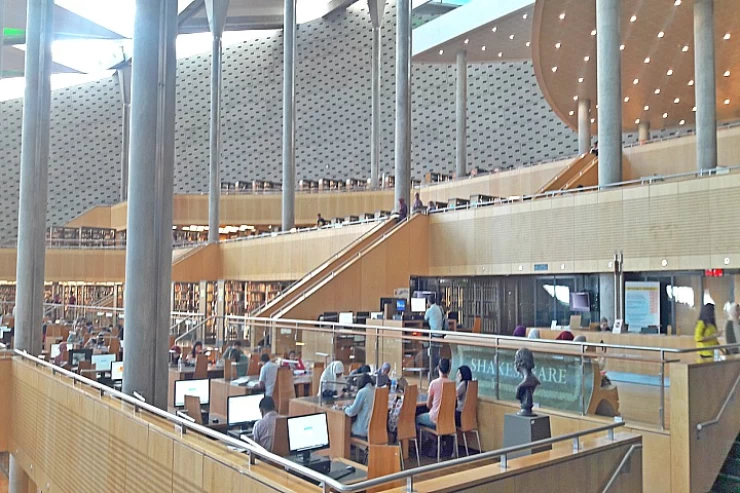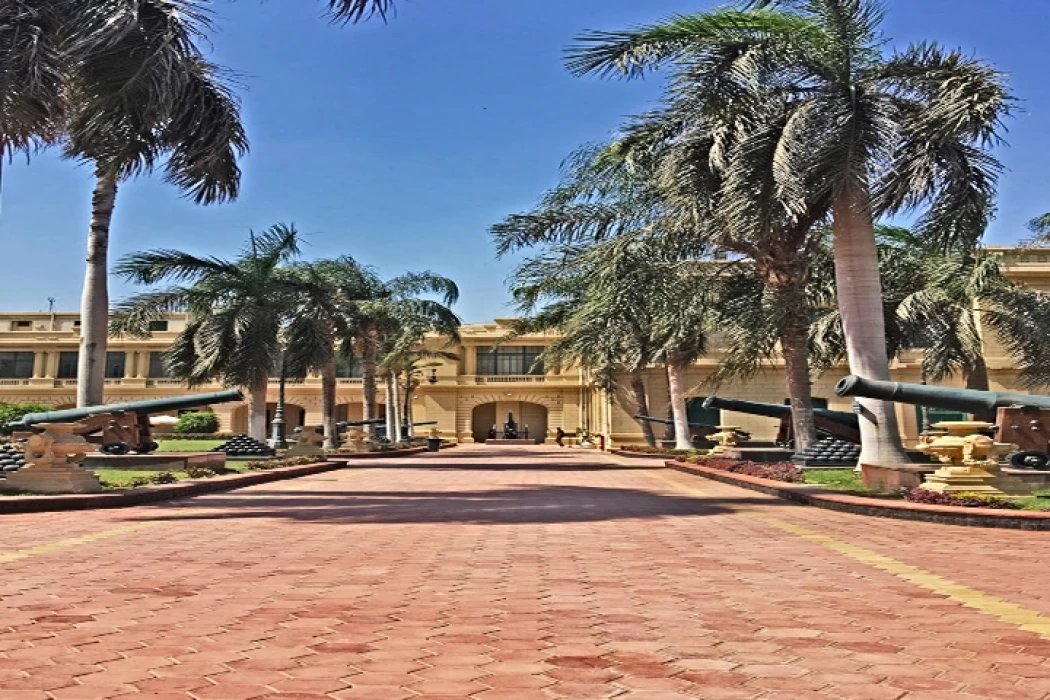
Abdeen Palace Museum - Cairo
Details about Abdeen Palace in Cairo
One of the main components of Khedive Ismail's modernisation of Cairo is Abdeen Palace. He ordered the palace to be built after ascending to the Egyptian throne in 1863. Abdeen, a Chief Military Officer under Mohamed Ali Pasha, retained the residence and preferred it to any other place until it was extensively remodelled and destroyed. Following the death of Abdeen Bey, his wife sold the palace to Khedive Ismail, who obliterated the structure and extended its boundaries by a huge area.
Who lived in Abdeen Palace?
He started building it and expanded its area to become 24 acres, then he built a huge palace with a wonderful design and wonderful decorations that combine many arts around its walls and kept his name so it became the current Abdeen Palace, one of the architectural masterpieces in the history of Cairo. Abdeen Palace was the seat of government for the royal family in Egypt from 1872 until 1952, and it was later inhabited by his son Khedive Muhammad Tawfiq, then Khedive Abbas Hilmi II, then Sultan Hussein Kamal, then King Fouad.
Khedive Ismail commissioned the French engineer de Corail-Rousseau to design the palace, which cost $40,000, an exorbitant sum at that time in Egypt’s rule, while the cost of furnishing the palace itself amounted to $120,000, a very large sum. To build the palace prior to the inauguration of the Suez Canal in 1869, architects from various parts of the world put in a great deal of effort. The design and construction of the 500-roomed building was completed by the architects in 1874.
When the palace was built, its vast land included cemeteries, containing the remains of Egyptians that were moved outside the palace except for the shrine of "Sidi Badran", which now overlooks the fountain square. This shrine belongs to an unknown person named Badran, and whenever the workers tried to move it, it was damaged. Therefore, Khedive Ismail ordered the preservation of the shrine and its inclusion in the palace designs. King Fouad renovated the shrine with colorful plant decorations and Quranic inscriptions similar to those found in the Al-Fath Mosque located inside the palace next to Bab Paris.
The building is made up of two levels; the first level includes the women’s quarters and the men’s quarters, whereas the bottom level is composed of the palace gardens, a rare medicinal drug shop, the royal establishments for publishing, and the office used by King Farouk. Abdeen Palace contains the largest and most ornately decorated room known as the Muhammad Ali Hall. Furthermore, there are a few specific rooms in the palace called the White Hall, Red Hall, and Green Hall which were center used for welcoming the foreign delegations visiting Egypt.
Every corner of the palace, the walls and partitions exude the scent of creativity, artistic paintings signed by French artists, whether of war scenes or Egyptian military uniforms throughout the ages, which makes the tour between the museums' corridors rich and interesting. Also, a collection of photographs of the royal family and a photo of the royal wedding of King Farouk.
The palace contains 5 large halls for celebrations, each of which contains 100 pieces of world art masterpieces. It also contains halls and salons, and a theater that includes hundreds of gilded chairs. It also contains areas isolated by curtains for women, called “the harem,” and the reason for the name is that it is an area forbidden to strange men.
What are the opening and closing hours of the Abdeen Palace Museum?
The hours of operation of the Abdeen Palace Museum are as follows: From Monday to Thursday, Saturday, and Sunday: 9:00 am to 3:00 pm. The facility is closed on Fridays. The map of Abdeen Palace The capital city of the Arab Republic of Egypt, Cairo, is home to Abdeen Palace. Al-Gomhoria Square is where it is located, close to the Cairo Egyptian Museum.







